Name Jorge Semprun | Role Writer | |
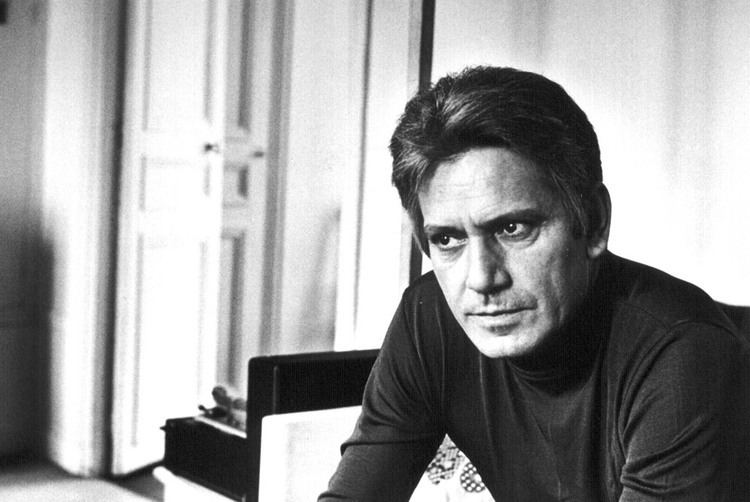 | ||
Born Jorge Semprun MauraDecember 10, 1923Madrid, Spain ( 1923-12-10 ) Occupation Author, Screenwriter, Politician, former Minister of Culture for Spain. Notable awards -Ovid Prize2002-Academy AwardWas nominated for his work on Z1969 Movies Z, The War Is Over, The Confession, Stavisky... Children Jaime Semprun, Pablo Semprun, Ricardo Semprun, Lourdes Semprun, Juan Semprun, Dominique Semprun Books Le Grand Voyage, The long voyage, Literature Or Life, Was fur ein schoner Sonntag, Le mort qu\'il faut Similar People Costa‑Gavras, Carlos Semprun, Jaime Semprun, Alain Resnais, Antonio Maura | ||
Jorge sempr n y los campos de concentraci n nazis
Jorge Semprún Maura ([ˈxorxe semˈpɾun]; 10 December 1923 – 7 June 2011) was a Spanish writer and politician who lived in France most of his life and wrote primarily in French. From 1953 to 1962, during the era of Francisco Franco, Semprún lived clandestinely in Spain working as an organizer for the exiled Communist Party of Spain, but was expelled from the party in 1964. After the death of Franco and change to a democratic government, he served as Minister of Culture in Spain's socialist government from 1988 to 1991. He was a screenwriter for two successive films by the Greek director Costa-Gavras, Z (1969) and The Confession (1970), which dealt with the theme of persecution by governments. For his work on the films The War Is Over (1966) and Z (1969) Semprun was nominated for the Academy Award. In 1996, he became the first non-French author elected to the Académie Goncourt, which awards an annual literary prize.
Contents
- Jorge sempr n y los campos de concentraci n nazis
- Jorge sempr n en informe semanal
- Early life and education
- migrs and World War II
- Marriage and family
- Style and themes
- Selected works
- References
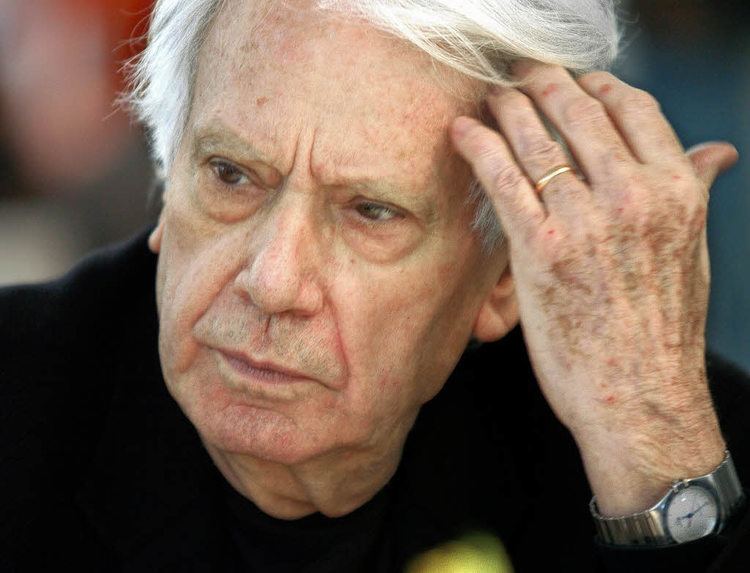
Jorge sempr n en informe semanal
Early life and education
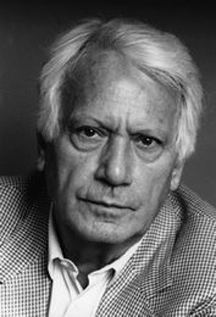
Jorge Semprún Maura was born in 1923 in Madrid. His mother was Susana Maura Gamazo, a daughter of Antonio Maura, who served several times as prime minister of Spain. His father José María Semprún Gurrea (1893–1966) was a liberal politician and governor in the Republic of Spain during the Spanish Civil War.
Émigrés and World War II
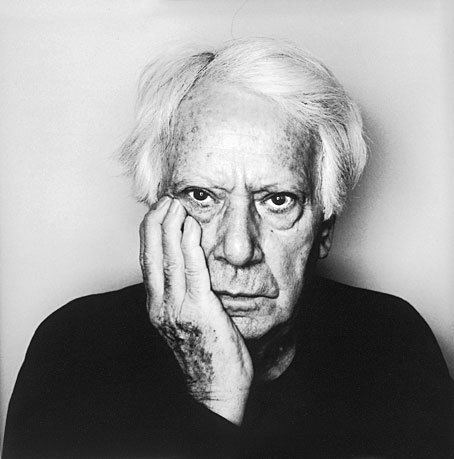
In the wake of Republican defeat in the Civil War, the Semprun family moved to France, and then to The Hague where his father was a diplomat in the mission of the "Spanish Republic in the Netherlands". After the Netherlands officially recognized the Franco government in the beginning of 1939, the family returned to France as refugees. Jorge Semprún enrolled there at the Lycée Henri IV and later the Sorbonne.
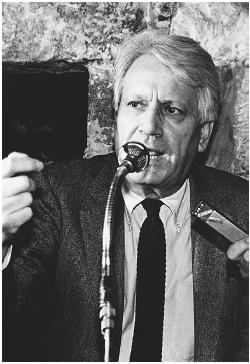
During the Nazi occupation of France, the young Semprún joined the Francs-Tireurs et Partisans – Main-d'Œuvre Immigrée (FTP-MOI), a Resistance organization made up mostly of immigrants. After joining the Spanish Communist Party in 1942 in France, Semprun was reassigned to the Francs-Tireurs et Partisans (FTP), the Communist armed Resistance. In 1943 he was arrested by the Gestapo and deported to Buchenwald concentration camp for his role in the Resistance. He deals with the experiences in two books: Le grand voyage (1963) treats the journey to Buchenwald, and Quel beau dimanche! (1980) his camp experiences.

In 1945 Semprun returned to France and became an active member of the exiled Communist Party of Spain (PCE). From 1953 to 1962, he was an important organizer of the PCE's clandestine activities in Spain, using the pseudonym of Federico Sánchez. He entered the party's executive committee in 1956. In 1964 he was expelled from the party because of "differences regarding the party line", and from then on he concentrated on his writing career.
Semprun wrote many novels, plays, and screenplays, for which he received several nominations, including an Academy Award in 1970, and awards, including the 1997 Jerusalem Prize. He was a screenwriter for two successive films by the Greek director Costa-Gavras, dealing with the theme of persecution by governments, Z (1969) and The Confession (1970). For his work on Z, he was nominated for the Academy Award for Best Adapted Screenplay but did not win.
He was a member of the jury at the 1984 Cannes Film Festival. After the change of governments in Spain, Semprun served from 1988 to 1991 as the appointed Minister of Culture.
In 1996, Semprún became the first non-French author to be elected to the Académie Goncourt, which awards an annual prize for literature written in French. In 2002, he was awarded the inaugural Ovid Prize in recognition of his entire body of work, which focuses on "tolerance and freedom of expression".
Jorge Semprún served as the honorary chairman of the Spanish branch of Action Against Hunger. He lived in Paris.
Marriage and family
Semprun married the actress Loleh Bellon in 1949. Their son, Jaime Semprún (1947–2010), was also a writer. Later Semprun married the French film editor Colette Leloup in 1958. They had five children: Dominique Semprún, Ricardo Semprún, Lourdes Semprún, Juan Semprún and Pablo Semprún.
Style and themes
Semprún wrote primarily in French and alludes to French authors as much as to Spanish ones. Most of his books are fictionalized accounts of his deportation to Buchenwald. His writing is non-linear and achronological. The narrative setting shifts back and forth in time, exploring the past and future in relation to key events. With each recounting, events take on different meanings. Semprún's works are self-reflexive. His narrators explore how events live on in memory and means of communicating the events of the concentration camp to readers who cannot fathom that experience. His recent work in this vein also includes reflections on the meaning of Europe and of being European, as informed by this period of history, including how Buchenwald was reopened by Soviet forces as Special Camp No. 2 of the NKVD, and then largely razed and planted over by East Germany to hide the mass graves from this second dark episode.
Semprún's writing in Spanish deals with Spanish subject matter, and includes two volumes of memoirs: Autobiografía de Federico Sánchez, about his clandestine work in and later exclusion from the Spanish Communist Party (1953–64), and Federico Sánchez se despide de ustedes, which deals with his term of service as Minister of Culture in the second Socialist government of Felipe González (1988–91). A novel in Spanish, Veinte años y un día, is set in 1956 and deals with recent history in Spain.
Selected works
Semprún's first book, Le grand voyage (The Long Voyage in English; republished as The Cattle Truck in 2005 by Serif), was published in 1963 by Gallimard. It recounts Semprún's deportation and incarceration in Buchenwald in fictionalized form. A feature of the novel, and with Semprún's work in general, is its fractured chronology. The work recounts his train journey and arrival at the concentration camp. During the long trip, the narrator provides the reader with flashbacks to his experiences in the French Resistance and flash-forwards to life in the camp and after liberation. The novel won two literary prizes, the Prix Formentor and Prix littéraire de la Résistance ("Literary Prize of the Resistance").
In 1977, his Autobiografía de Federico Sánchez (Autobiography of Federico Sánchez) won the Premio Planeta, the most highly remunerated literary prize in Spain. In spite of the pseudonymous title, the work is Semprún's least fictionalized volume of autobiography, recounting his life as a member of the central committee of the Spanish Communist Party (PCE), and his undercover activities in Spain between 1953 and 1964. The book shows a stark view of Communist organizations during the Cold War, and presents a very critical portrait of leading figures of the PCE, including Santiago Carrillo and Dolores Ibárruri.
What a Beautiful Sunday (Quel beau dimanche!), his novel of life in Buchenwald and after liberation was published by Grasset in 1980. It purports to tell what it was like to live one day, hour by hour, in the concentration camp, but like Semprún's other novels, the narrator recounts events that precede and follow that day. In part, Semprún was inspired by A Day in the Life of Ivan Denisovich by Aleksandr Solzhenitsyn, and the work contains a criticism of Stalinism as well as fascism.
Literature or Life was published by Gallimard in 1994. The French title, L'Ecriture ou la vie, might be better translated as "Writing or Life". Semprún explores themes related to deportation, but the focus is on living with the memory of the experience and how to write about it. Semprún revisits scenes from previous works and gives rationales for his literary choices.
